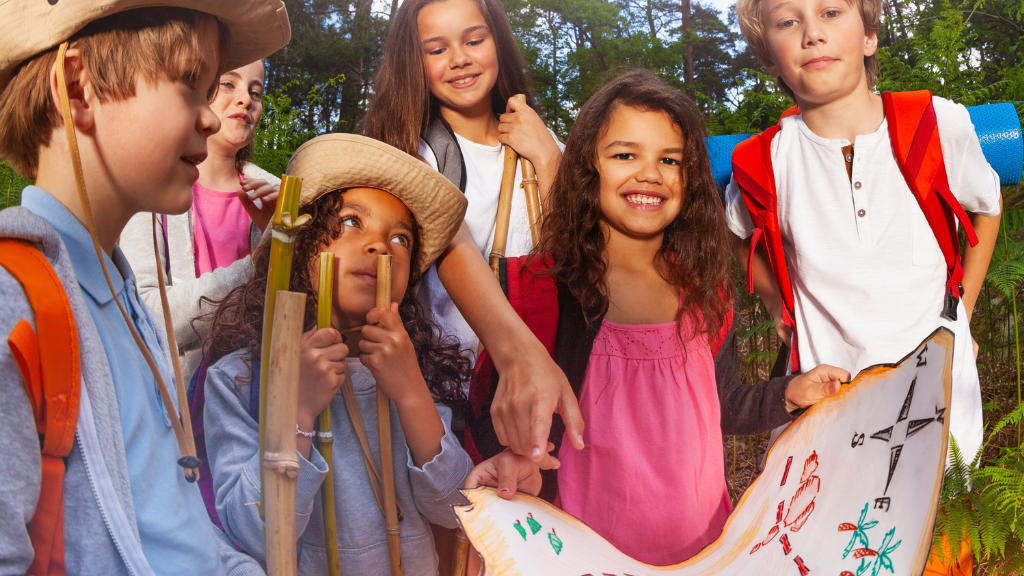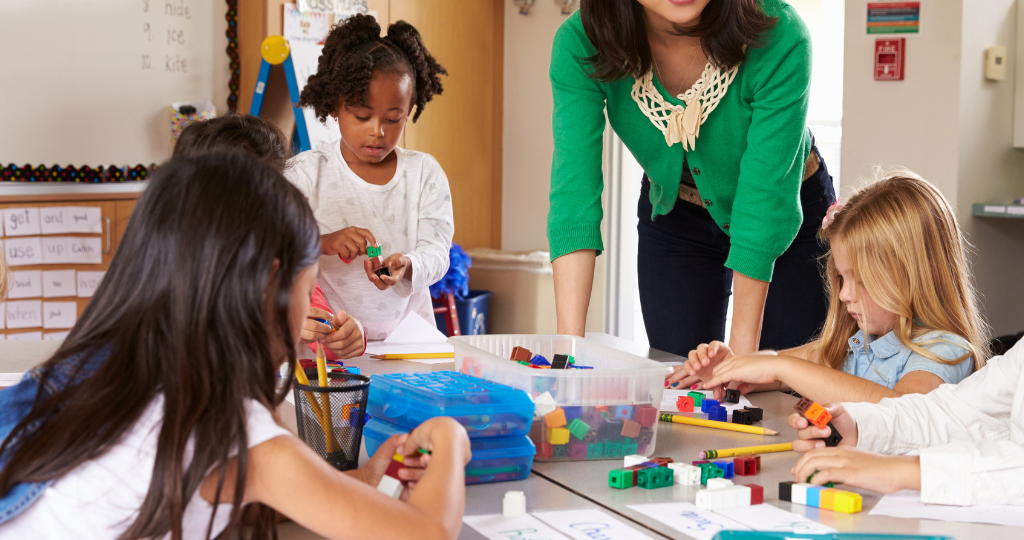Effective teaching methods play a pivotal role in facilitating student learning and engagement. From schools to higher education institutions, educators employ various teaching strategies to meet the diverse needs of students and promote meaningful learning experiences. In this blog, we will delve into the top ten teaching methods practiced in schools, higher schools, collegesand universities, highlighting their benefits and impact on student outcomes.
- Lecture-Based Teaching
Lecture-based teaching is a traditional method widely used in higher education and college settings. In this approach, the instructor delivers content through presentations, providing students with essential information, theories, and concepts. While lectures are effective in conveying knowledge, it’s important to supplement them with interactive activities to enhance student engagement and understanding.
- Cooperative Learning
Cooperative learning encourages collaboration and teamwork among students. It involves group-based activities where students work together to solve problems, complete projects, or discuss concepts. This method fosters critical thinking, communication, and interpersonal skills while promoting a sense of shared responsibility and mutual support among students.
- Problem-Based Learning
Problem-based learning (PBL) shifts the focus from content delivery to problem-solving. Students are presented with real-world problems or case studies that require critical analysis and creative solutions. PBL encourages active learning, independent thinking, and application of knowledge, preparing students for real-life challenges they may encounter in their future careers.
- Flipped Classroom
The flipped classroom model reverses the traditional approach to teaching. Students review instructional materials, such as videos or readings, outside the classroom before attending class. Class time is then dedicated to discussion, collaboration, and hands-on activities. This method promotes active engagement, personalized learning, and deeper understanding of the subject matter.
- Experiential Learning
Experiential learning emphasizes learning through direct experiences and reflection. It incorporates activities such as field trips, simulations, experiments, or internships that allow students to apply theoretical knowledge in practical settings. This hands-on approach enhances student engagement, critical thinking, and problem-solving abilities.
- Socratic Method
The Socratic method involves questioning and dialogue to stimulate critical thinking and encourage students to arrive at their own conclusions. Instead of providing direct answers, the instructor asks probing questions to prompt student reasoning and analysis. This method cultivates active participation, logical reasoning, and the ability to construct well-supported arguments.

- Technology-Enhanced Learning
With the integration of technology in education, teachers leverage various digital tools and resources to enhance teaching and learning. This includes interactive presentations, multimedia materials, online discussion forums, and educational apps. Technology-enhanced learning caters to different learning styles, promotes digital literacy, and facilitates access to a wealth of information.
- Project-Based Learning
Project-based learning (PBL) immerses students in a real-world project, allowing them to investigate, explore, and create. Students collaborate on long-term projects, applying interdisciplinary knowledge and skills to solve complex problems. PBL fosters critical thinking, creativity, time management, and teamwork while promoting a sense of ownership over the learning process.
- Differentiated Instruction
Differentiated instruction acknowledges the diverse learning needs and abilities of students. It involves tailoring instruction, assignments, and assessments to accommodate individual learning styles, interests, and readiness levels. Differentiated instruction ensures that every student is appropriately challenged and supported, maximizing their learning potential.
- Peer Teaching and Mentoring
Peer teaching and mentoring involve students taking on the role of instructors or mentors for their peers. This method encourages active engagement, reinforces learning by explaining concepts to others, and builds a supportive classroom community. Peer teaching enhances communication skills, deepens understanding, and promotes collaboration among students.
Implementing effective teaching methods is vital for creating engaging and impactful learning environments in schools, higher schools, and colleges. By incorporating strategies such as cooperative learning, problem-based learning, flipped classrooms, experiential learning, and others mentioned above, educators can cater to diverse learning styles, foster critical thinking and collaboration, and empower students to become lifelong learners. A combination of these teaching methods can contribute to meaningful learning experiences and better student outcomes in today’s educational landscape.
Saqib Khan
Educationist and parenting coach






